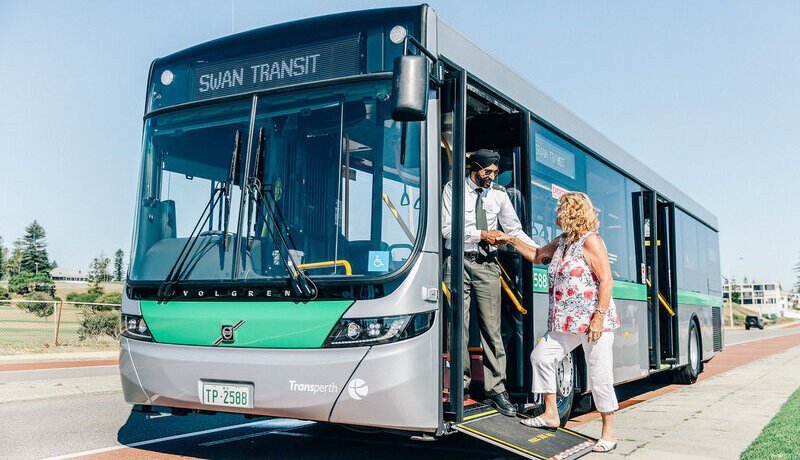To Game Is Human: Why Gamification Is Essential for Today’s Mobile Workforce
As I was out for a walk the other night, preparing to write this piece, I began thinking about games and the role they play in our lives. For thousands of years, even before the first Olympics, humans have created and participated in games as a way to test and expand our abilities.
We’ve since learned a great deal about the psychology of games. It turns out there’s a reason games sprung up even before civilized societies—they’re an extension of fundamental human needs. Games benefit humans cognitively, socially, motivationally, and emotionally, leaving a lasting effect and encouraging us to seek out more of these experiences. Fogg’s Behavior Model shows that games can actually drive human behavior by converging three factors: motivation, ability, and the trigger (being asked to do something).
In the last few years, the psychology of games has begun to penetrate new areas of our lives, like work. Companies are finding that by gamifying work tasks they can boost employee motivation, make training more engaging, and create development opportunities. At the same time, incentivizing employees directly releases some of the pressure on managers to change employee behavior. Employees can track their own progress and receive instant feedback, putting them in control of their own destiny.
At a fundamental level, successful gamification either inspires competition, offers rewards for achievements, or both. When I was a bus driver, back before “gamification” was a word, my company inspired friendly competition by ranking drivers based on safety score and other driving skills.
GreenRoad has taken driving gamification to a new level for fleets using mobile apps and sophisticated sensor technology. Our virtual leaderboards motivate fleet drivers to improve their rankings, while instant driver feedback and driving safety scores give them achievement levels to “unlock.” We also recognize outstanding drivers at the end of each year with the Fleet Elite distinction. These tactics have worked phenomenally for motivating and engaging fleets around the world.
But fleets aren’t the only teams looking for smart mobility technology today. The newly expanding mobile workforce includes a large subset of people who drive for work but are more loosely connected and less likely to respond to driving competitions, such as sales teams, consultants, and regional managers. For those mobile teams, more tangible rewards systems like bonuses and company recognition might be more effective.
Approaching gamification from both a competition and rewards standpoint can help companies truly offer a unique experience to engage and retain employees. Solutions like GreenRoad also ensure those mobile employees are receiving continuous training and helping their companies to reduce risk and costs associated with vehicle accidents. It’s gamification at its best, rolling motivation, training, and long-term company-wide improvements into one tidy package.
Though our careers and technologies have changed since the first Olympics, our basic human wiring has not. As mobile workforces become more and more mobile, the face of employee engagement will continue to change, while growing more important for dispersed mobile teams. Motivated workers, healthier employees and vehicles, happier customers, and an overall safer and more cost-effective company—it all begins with just a little bit of fun.






